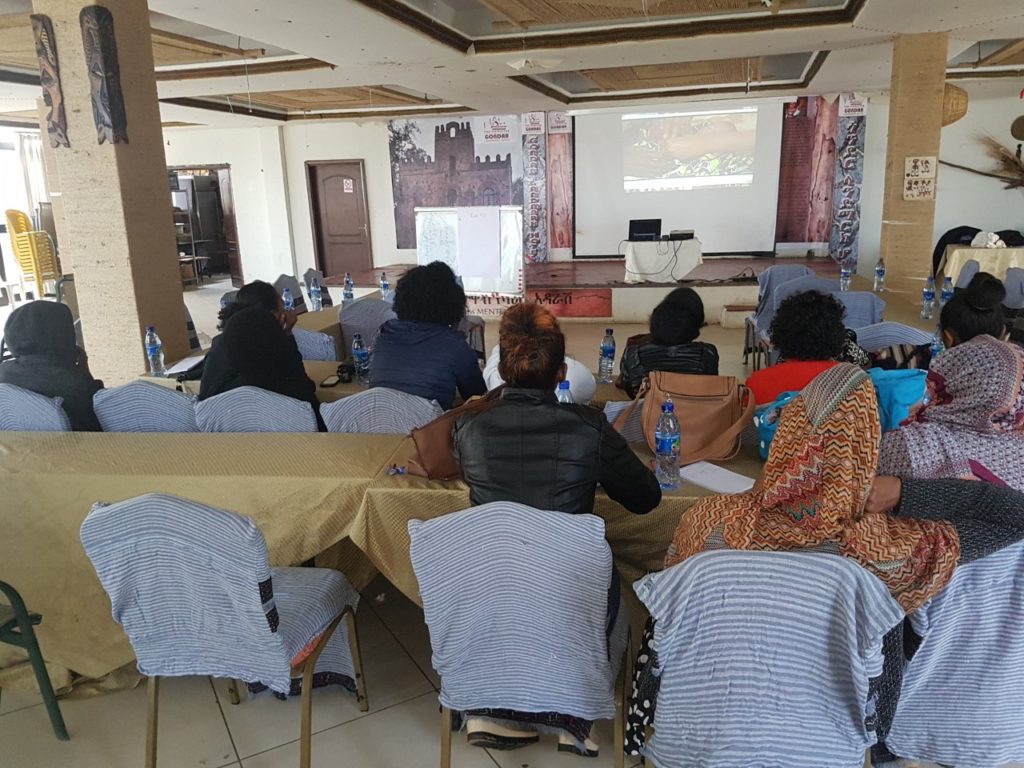Published: 03/10/2022
Stanford team develops video training series to help frontline healthcare providers in LMICs recognize signs of respiratory distress in children
By Jamie Hansen
Trouble breathing is a leading cause of death for children under 5, with lower respiratory infections the second most common cause of mortality for this age group. It’s critical for healthcare providers to be able to recognize the signs of respiratory distress that signal such an infection and act quickly in order to save lives.

Dr. Rishi Mediratta, MD, MSc, MA, is a Clinical Assistant Professor in Pediatrics, Pediatric Hospitalist at Lucile Packard Children’s Hospital, and a Global Health Faculty Fellow at the Stanford Center for Innovation in Global Health (CIGH). He is passionate about decreasing neonatal and child mortality through hospital and community-based education programs.
“Often, frontline providers, lacking the proper training, identify these signs too late to save the infant,” said Dr. Rishi Mediratta, who is passionate about decreasing neonatal and child mortality through hospital and community-based education programs. Mediratta, MD, MSc, MA, is a Clinical Assistant Professor in Pediatrics, Pediatric Hospitalist at Lucile Packard Children’s Hospital, and a Global Health Faculty Fellow at the Stanford Center for Innovation in Global Health (CIGH). He said the challenges are heightened in low- and middle-income countries where frontline providers don’t often receive special training in pediatric care.
“Often, frontline providers, lacking the proper training, identify these signs too late to save the infant.”
Dr. Rishi Mediratta, Stanford Global Health Faculty Fellow
Even before the pandemic, Mediratta had begun to explore the power of instructional videos to help healthcare workers retain knowledge. Earlier, he and colleagues found that instructional videos, produced by the Global Health Media Project, improved community health workers’ knowledge about neonatal health six months after a two-day training in Ethiopia. The manuscript for that project is pending publication.
“If we can help these providers gain the knowledge and skills to understand signs and symptoms of respiratory distress in children,” he said, “that’s a global win.”
And yet, when COVID-19 struck, it halted the majority of such in-person trainings in pediatric care for these frontline providers.
Mediratta, who has studied and conducted research in Ethiopia, heard from close friends and colleagues at Ethiopia’s University of Gondar Hospital about the need for an alternative way to support medical students and others who were providing care but lacked pediatric training.
Mediratta began to explore the idea of using video training to fill this crucial knowledge gap, alongside his close Ethiopian colleague Dr. Alemayehu Teklu Toni, MD, DTMH, Associate Professor of Pediatrics and Child Health at the University of Gondar, Gondar, Ethiopia, as well as Dr. Monique de Araujo, MD, MPH, third-year pediatrics resident at Stanford.

Dr. de Araujo’s needs assessment revealed the greatest need for training to support frontline workers like medical students and residents in identifying and managing respiratory distress in children.
In response, they launched an extensive effort to develop a series of training modules built around instructional videos from the World Health Organization and OPENPediatrics. A team of five undergraduate students volunteered their time to edit the videos and develop the content, working closely with Toni to ensure that the tone, pacing, and overall approach are appropriate. The team is now finalizing the English version of the videos, which are expected to launch in April and become available on an open platform to anyone wishing to learn about pediatric distress. They hope to recruit more volunteers to help translate the videos into multiple languages
“It’s been an incredible team effort,” said Mediratta, crediting the undergraduate team of students: Abhi Kumar, Kyle Everton Lambert, Dante Emanuel Danelian, Carissa Yo Hsin Cheng, and Dylan MacFarlane.